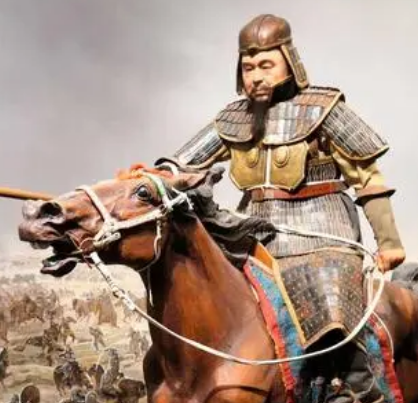In ancient warfare, cavalry, as a powerful military force, often became a key factor on the battlefield. They were known for their strong mobility, high attack power, and rapid action, and were an indispensable part of ancient armies. However, it was not easy to cultivate and maintain a cavalry unit, and the costs and resources required were considerable. So, how precious were ancient cavalry really? Let's explore this question from the following aspects.

First, the scarcity of warhorses made cavalry an expensive type of troops. In ancient times, excellent warhorses were very valuable resources. They not only required good feeding conditions and careful care, but also needed long-term training to adapt to the requirements of the battlefield. Therefore, it was very difficult for ordinary soldiers to own an excellent warhorse, and only experienced knights could ride and control them. This also meant that cavalry were usually composed of people from noble or wealthy families, and their equipment and training costs were quite high.
Second, the training and maintenance costs of cavalry were also high. In addition to the cost of horses themselves, cavalry also needed to receive professional training, including riding skills, weapon use, tactical strategies, etc. These trainings required investments of time and money, and as war technology continued to develop, the training content of cavalry was also constantly updated and improved. In addition, the equipment of cavalry on the battlefield also needed special attention, such as armor, weapons, horse harnesses, etc., which all required a lot of funds for purchase and maintenance.
Moreover, the role of cavalry in war determined its value. Due to their high mobility and powerful impact force, cavalry often played a key role on the battlefield. For example, in pursuing enemy troops, attacking enemy formations, protecting friendly troops, etc., cavalry had irreplaceable advantages. Therefore, it was very important for ancient countries to have a powerful cavalry unit, which also made cavalry a precious strategic resource.
Finally, we can understand the value of cavalry through some specific historical events. During the Han Dynasty in ancient China, in order to counter the invasion of northern nomadic peoples, Emperor Wu of Han vigorously developed cavalry units and invested a lot of financial and material resources. In medieval Europe, knights, as representatives of cavalry, also had very expensive equipment and training costs. These all illustrate the important status and value of cavalry in ancient society.
In summary, ancient cavalry were indeed very precious troops. They not only required scarce warhorse resources, high training and maintenance costs, but also played a key role in war. These factors together constituted the preciousness of cavalry, and also made them an indispensable strategic resource in ancient countries.
Disclaimer: The above content is sourced from the internet and the copyright belongs to the original author. If there is any infringement of your original copyright, please inform us and we will delete the relevant content as soon as possible.
































